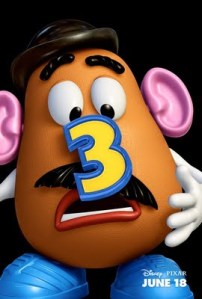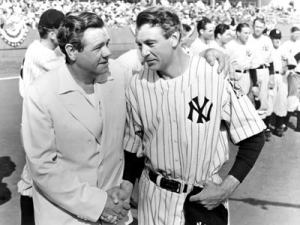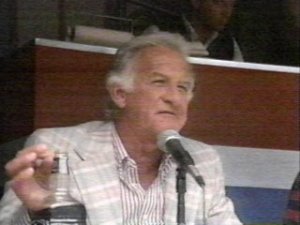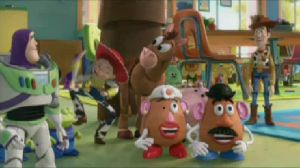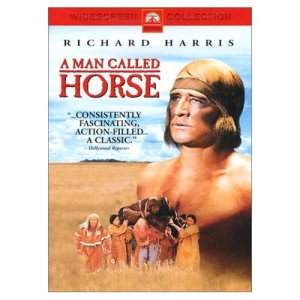Color me unimpressed. I have endured a test run of the latest Hollywood gimmick – D-Box motion effects seats, which will be in use for the release of Inception this week in a few theaters across the nation. To “enhance” the action or tension on the screen, the theater seat jolts, wiggles, tilts, swerves, etc.
First, which really engrossing movies need to be “enhanced” by the furniture?
Second, this technology just isn’t that impressive to those of us who have experienced virtual reality rides (like Disneyland’s “Star Tours”) at amusement parks, boardwalks and carnivals. (BTW “Star Tours” is over twenty years old and is closing this summer for a “re-imagining”.) The D-Box is more like the experience of dropping a quarter in a motel massage bed.
3-D is here to stay; but I think that motion effects seats will go the way of Cinerama and Smell-O-Vision.

